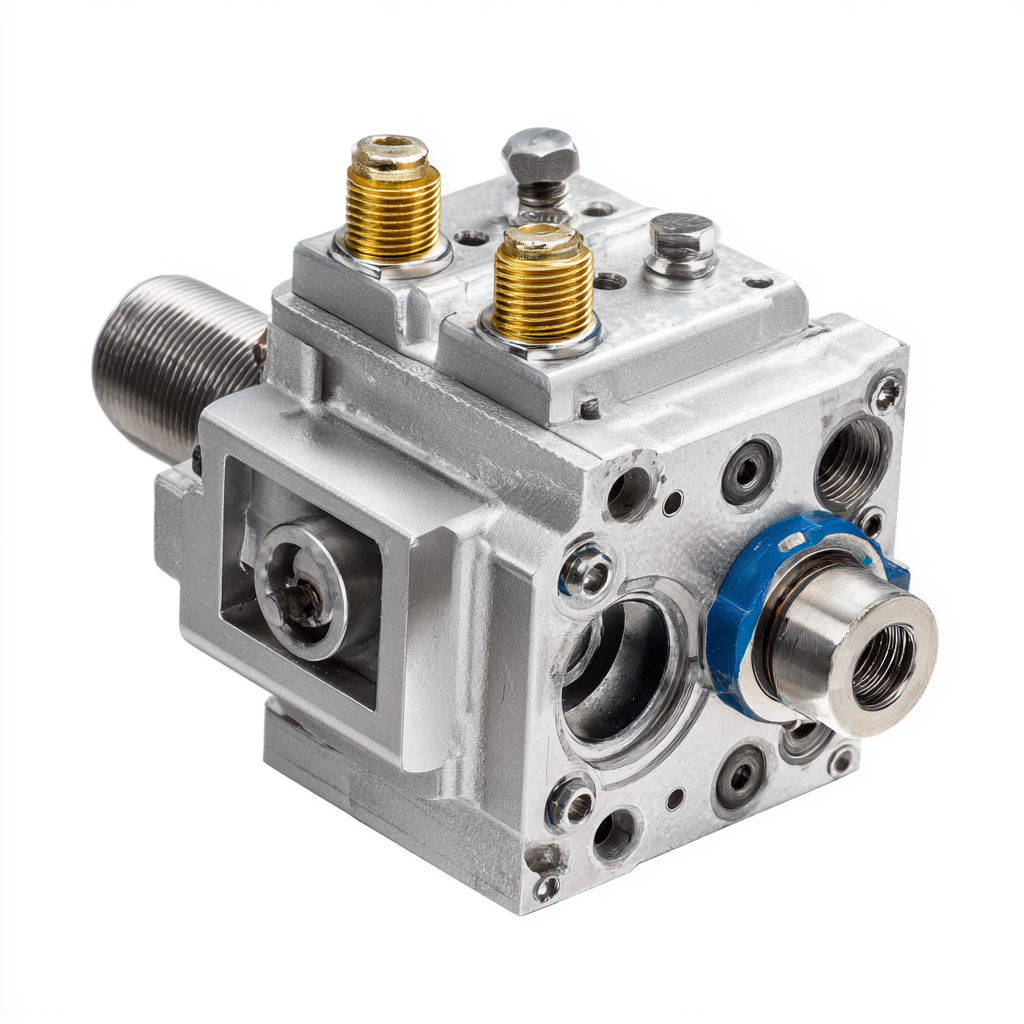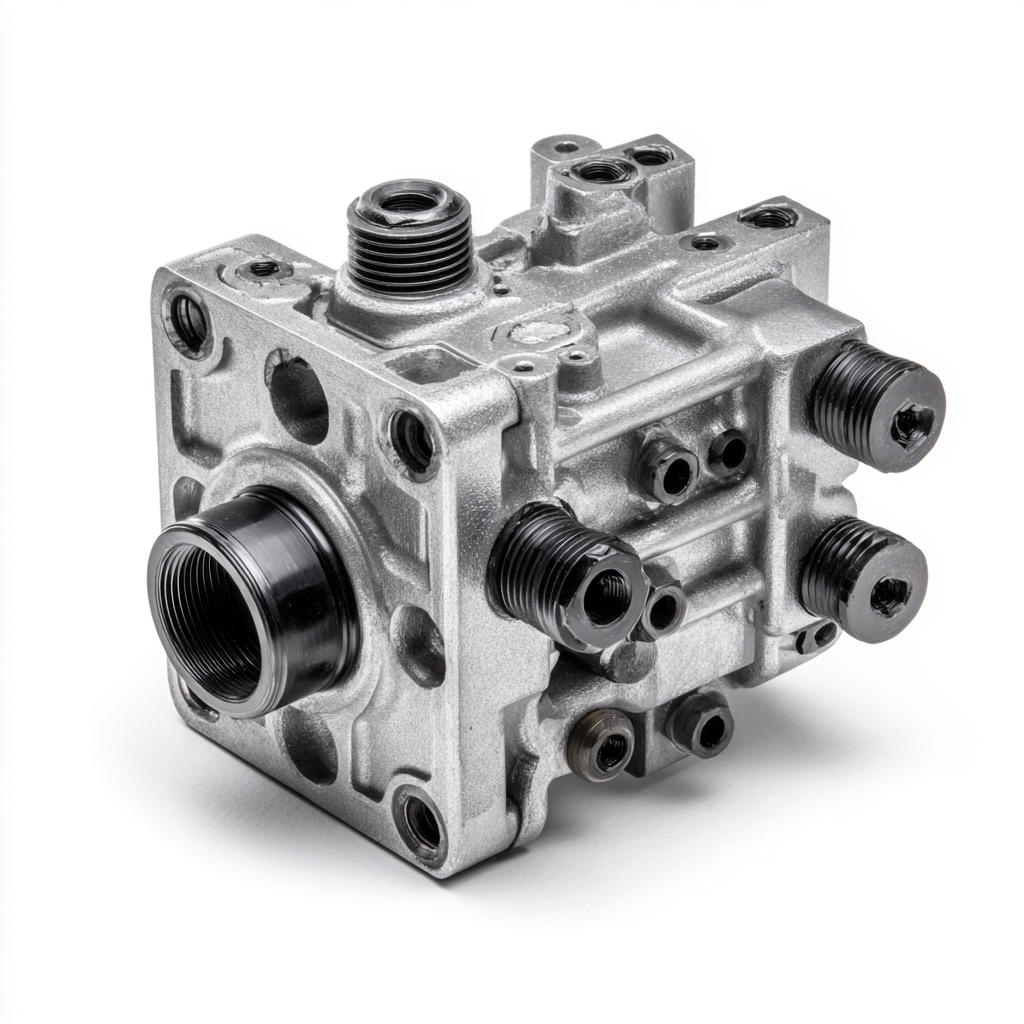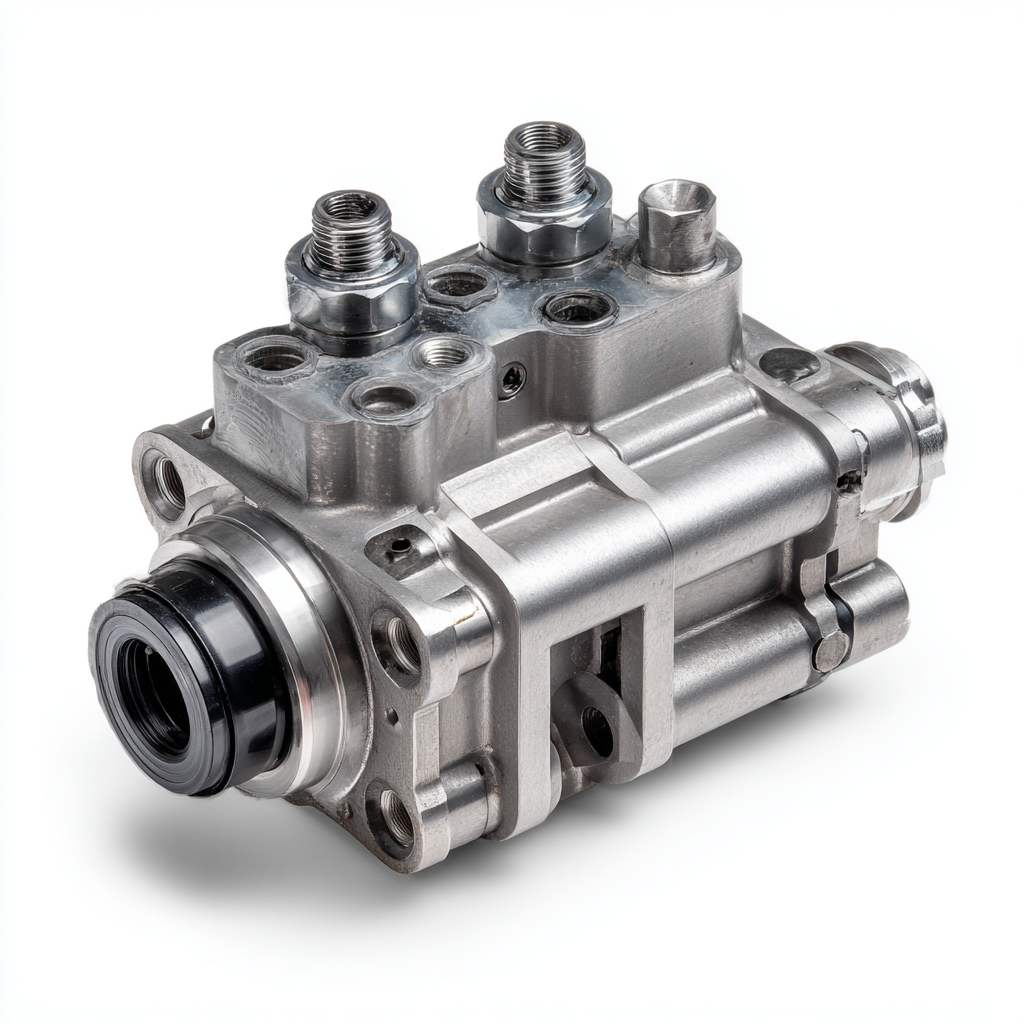

In the ever-evolving landscape of industrial technology, sourcing high-quality Hydraulic Pump Parts remains a critical focus for manufacturers and suppliers around the globe. As we look toward the trends defining the industry in 2025, it becomes essential to understand the key technologies and strategies that will shape the procurement of these vital components. This ultimate checklist is designed to equip businesses with the insights necessary to navigate the complexities of sourcing Hydraulic Pump Parts, ensuring efficiency and reliability in their operations. By exploring innovative approaches and leveraging emerging technologies, companies can not only optimize their supply chains but also enhance their competitive edge in an increasingly dynamic market. Whether you are a seasoned industry player or new to the field, this guide will help you stay ahead of the curve while securing the best parts for your hydraulic systems.

When sourcing hydraulic pump parts globally, understanding the diverse market dynamics is crucial. The hydraulic components market, valued at around USD 73 billion in 2024, is expected to grow at a CAGR of 4.82% in the coming years. This growth presents an opportunity for businesses to tap into a wider range of suppliers and manufacturers across different regions, each offering unique advantages and technological innovations.
**Tip 1**: Research localized market trends. Each region may have its specific strengths, whether that’s advanced technology in Europe or cost-effective manufacturing in Asia. Tailoring your supplier search based on these insights can lead to better sourcing decisions.
**Tip 2**: Prioritize quality and reliability. With the rise in demand for hydraulic components, minute differences in product quality can significantly impact your operations. Ensure that potential suppliers have verifiable quality certifications and a track record of reliability.
In addition to traditional sourcing methods, consider reaching out to industries adjacent to hydraulic systems, as this can unveil new providers that may not be on your radar. By expanding your search parameters, you can find innovative solutions tailored to your needs.

When sourcing hydraulic pump parts from China, several key factors should be taken into account to ensure quality and competitiveness. Firstly, understanding the various manufacturers' capabilities is crucial. According to a recent industry report from Research and Markets, China accounts for over 25% of the global hydraulic equipment market, making it a primary hub for sourcing high-quality components. Evaluating suppliers based on their production capacity, technology, and quality control measures can significantly impact your procurement success.
Tip: Always request samples before placing bulk orders. This allows you to assess the material quality and ascertain if the parts meet your specifications. Additionally, consider their certifications, such as ISO 9001, which indicates adherence to international quality management standards.
Another critical factor is communication and responsiveness. Ensuring that your supplier can effectively communicate and address your inquiries in a timely manner is vital for a smooth sourcing process. According to a survey by Global Sources, 37% of buyers experienced delays due to poor supplier communication. Establishing a clear communication channel upfront helps avoid potential misunderstandings and production hold-ups.
Tip: Utilize platforms like Alibaba or Made-in-China for preliminary research and direct communication with suppliers, enabling you to gauge their customer service and responsiveness before making significant commitments.
When sourcing hydraulic pump parts from China, quality should be your top priority. The rapid evolution of Chinese manufacturing has led to significant advancements in production techniques and materials. Buyers should pay close attention to certifications such as ISO 9001, which ensures a consistent level of quality control throughout the manufacturing process. Additionally, verifying the manufacturer's adherence to international standards can further safeguard against subpar components.
Another key aspect to consider is the use of advanced technology in production. Modern Chinese manufacturers are increasingly incorporating automation, precision machining, and innovative materials into their processes. This not only enhances the durability of hydraulic pump parts but also improves efficiency. Aspects like heat treatment and surface finishing can significantly affect performance, making it essential to inquire about these processes when evaluating potential suppliers. By focusing on these quality upgrades, buyers can ensure they are sourcing reliable parts that meet global standards.
| Quality Factor | Description | Sourcing Tips |
|---|---|---|
| Material Quality | Assess the material used in the manufacturing of pump parts to ensure durability and performance. | Request material certifications and test reports. |
| Manufacturing Standards | Check if the manufacturing process adheres to international standards, such as ISO 9001. | Verify the supplier's certifications and quality control protocols. |
| Design Precision | Ensure that parts are designed to meet specific pressure and flow requirements. | Request detailed design and engineering specifications. |
| Testing Procedures | Inquire about testing methods used on pump parts before shipping. | Ask for performance testing results and reliability data. |
| Supplier Communication | Effective communication is key in addressing any concerns throughout the sourcing process. | Choose suppliers who provide clear and timely responses. |
When sourcing hydraulic pump components, identifying trusted suppliers is crucial for the efficiency and reliability of your operations. Start by researching suppliers with a proven track record in the industry. Look for companies that not only offer high-quality parts but also demonstrate expertise in condition monitoring techniques, such as ultrasonic monitoring, which can help detect potential failures before they escalate. This proactive approach to maintenance can enhance the lifespan of your hydraulic systems.
Another essential tip is to assess the supplier's range of offerings. A supplier that specializes in hydraulic cylinders and related components can provide more tailored solutions to meet your specific needs. Additionally, inquire about their commitment to energy efficiency. Suppliers who focus on minimizing power losses and improving the overall performance of hydraulic systems can help you achieve better energy economics, resulting in cost savings and increased productivity. Make sure to verify customer reviews and request case studies that illustrate the supplier's capability in delivering reliable and effective hydraulic pump parts.

Sourcing hydraulic pump parts on a global scale necessitates a meticulous understanding of international logistics. According to a report by the International Federation of Robotics, the global market for hydraulic components is projected to grow at a CAGR of 5.2% through 2025. This growth compels manufacturers to optimize supply chains and ensure timely delivery of parts, particularly when crossing national borders. A critical aspect of logistics involves selecting reliable shipping methods that minimize transit times while also managing costs effectively. Utilizing established freight forwarders can help in navigating complexities such as customs regulations and tariffs that vary from one country to another.
Furthermore, the importance of technology in logistics cannot be overstated. A 2021 survey by the Council of Supply Chain Management Professionals found that 79% of companies reported using advanced tracking systems for their international shipments. These systems enhance visibility and enable real-time monitoring, thereby reducing the risks associated with international sourcing. Additionally, leveraging data analytics can help businesses forecast demand more accurately, ensuring that the right parts are sourced in the right quantities, leading to improved operational efficiency and reduced downtime.
This chart illustrates the sourcing distribution of hydraulic pump parts across various countries, highlighting the top regions involved in international parts sourcing.